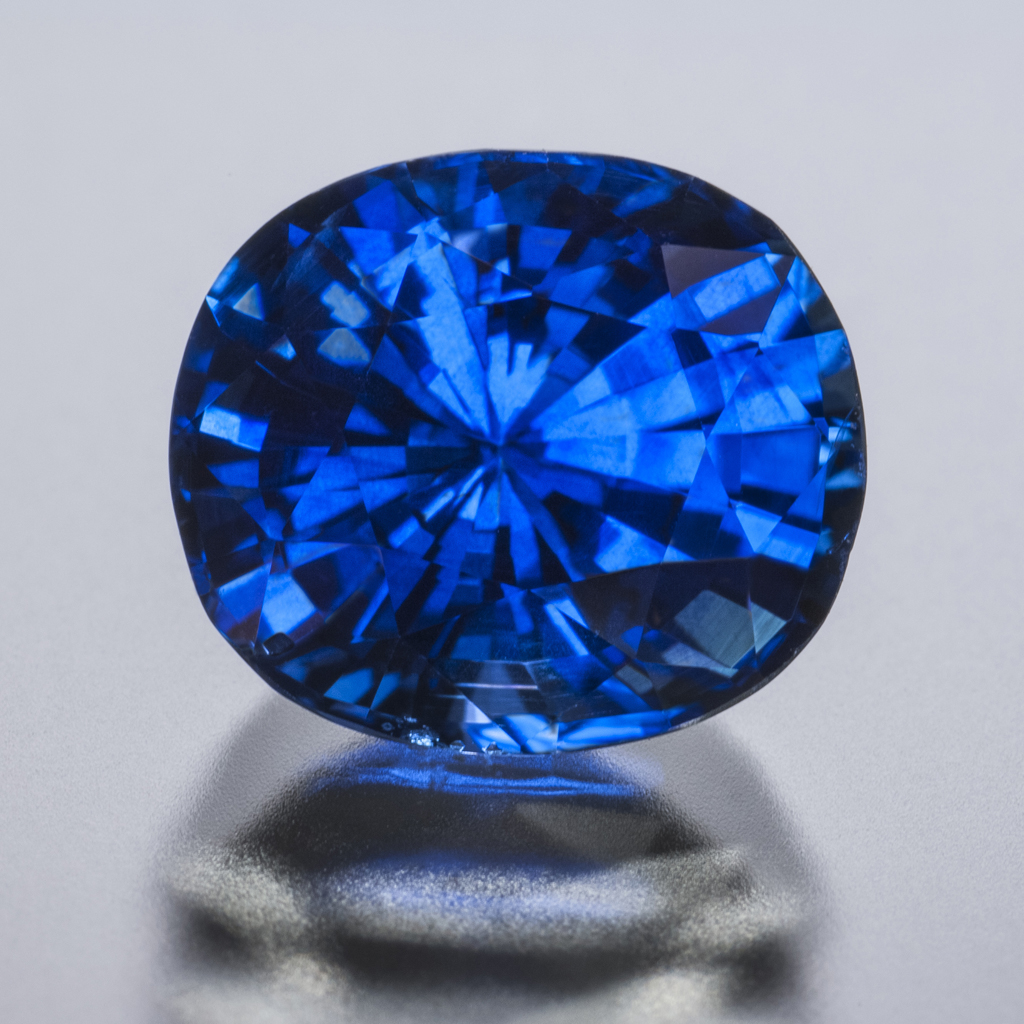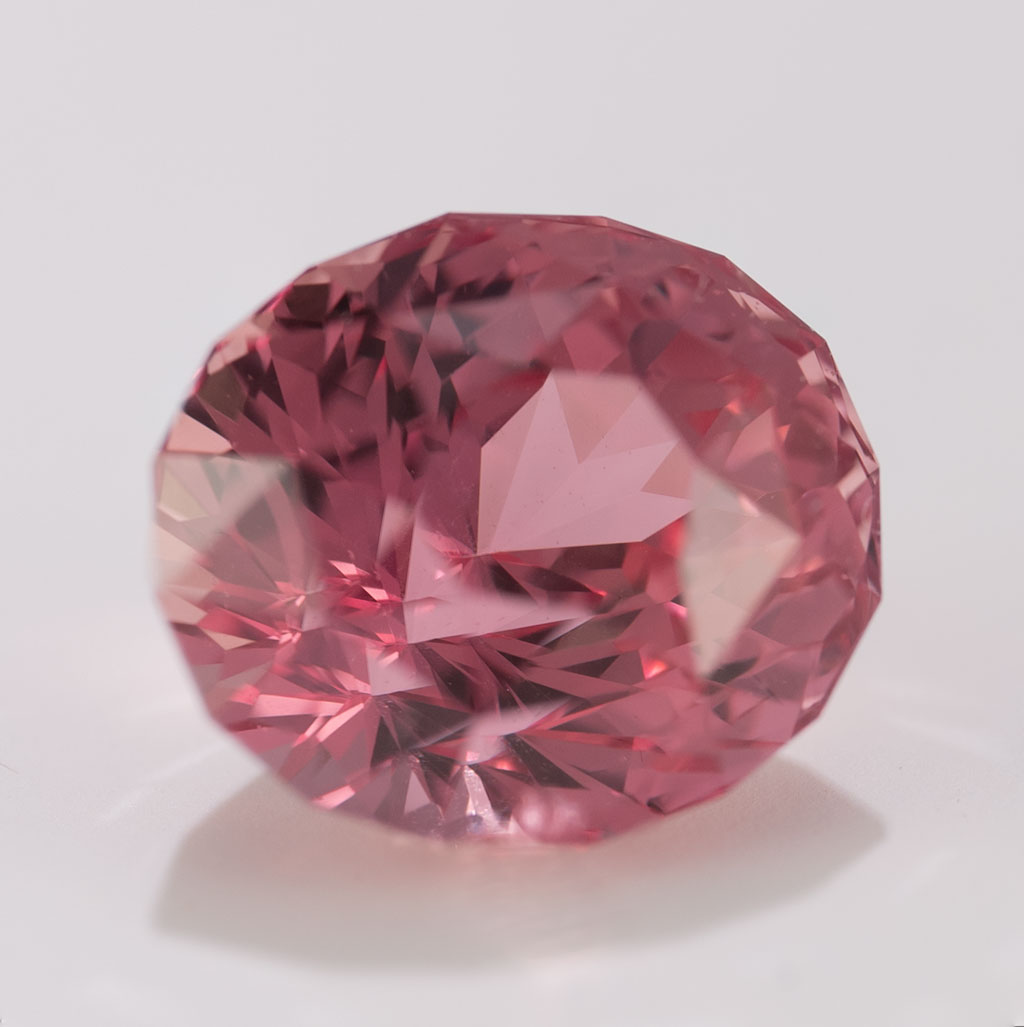
Blue Sapphire, 2.96 carat.
If your birthday falls in September, you are one of the lucky ones who can claim Sapphire as their birthstone. It is also the gem of the 45th wedding anniversary.
Sapphire is typically blue in color, but natural “fancy” or “parti colored” sapphires occur in yellow, purple, orange, green, and brown, Sapphires may also be black, gray, and colorless. The pinkish orange variety of sapphire is called Padparadscha.The only color which sapphire cannot be is red, which would make it a ruby.
Sapphire is 9 on the Mohs hardness scale making it (corundum) the third hardest mineral, after diamond (10) and moissanite (9.5). Why does this hardness matter? Because your sapphire will not scratch as easily as other gemstones, it makes sapphires perfect for ring stones, especially engagement rings.
Sapphire is found in Eastern Australia, Thailand, Sri Lanka, China (Shandong), Madagascar, East Africa, and in a few locations in North America, mostly Montana. Sapphire and ruby are often found in the same geological setting. Our sapphires come from these locations.




